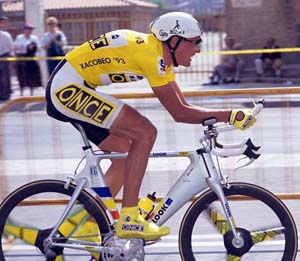AndyF wrote:
SuperDave wrote:
There is also the interference referenced above and when you decide to go to risers you need to use lots of them (depending on many factors such as hand position) to achieve the gain you are talking about.
You need enough separation that the air sees a blob of hands/arms and a nice clean airfoil, not a big blob with the lower half having clean fast air. Lift in the y-vertical direction doesn't help you :)
-SD
Ok, so those are some real nuggets of wisdom, SuperDave. For anyone out there who want to be faster, this is information you can really use!
I'm thinking that this is the reason we often see that a little uptilt on the forearms, when used with armpad risers, really helps lower aero drag. You're moving the hands out of the airstream that's hitting the risers, maybe, SuperDave?
Thank you for your valuable insight. I certainly will use it with my own testing, and it gives me some interesting ideas for track pursuit, too.
Funny you mentioned track pursuit. My bike and position that I use on the track has huge risers that I made by cutting down some 70mm chunks of aero seatpost and bolting through them to the base bar. On our Tk1 that uses UCI legal tube shapes we cannot build a sail to the same degree that we can on the IA. We can squeeze ~160mm depth and push just past 4:1 on the airfoil shapes but that's not nearly the same high lift generating 8:1+ on the IA.
In this case I run a custom 54cm Bayonet road fork on my 57cm Tk1 that has been cut down so the custom Bayonet stem mounts in front of, not on top of the fork. Here I am trying to do as you suggest and make a bike with little to no head tube and get the stack I need using 19mm seatpost shaped risers, not 45mm wide ~4:1 airfoils.

https://www.kickstarter.com/...bike-for-the-new-era


